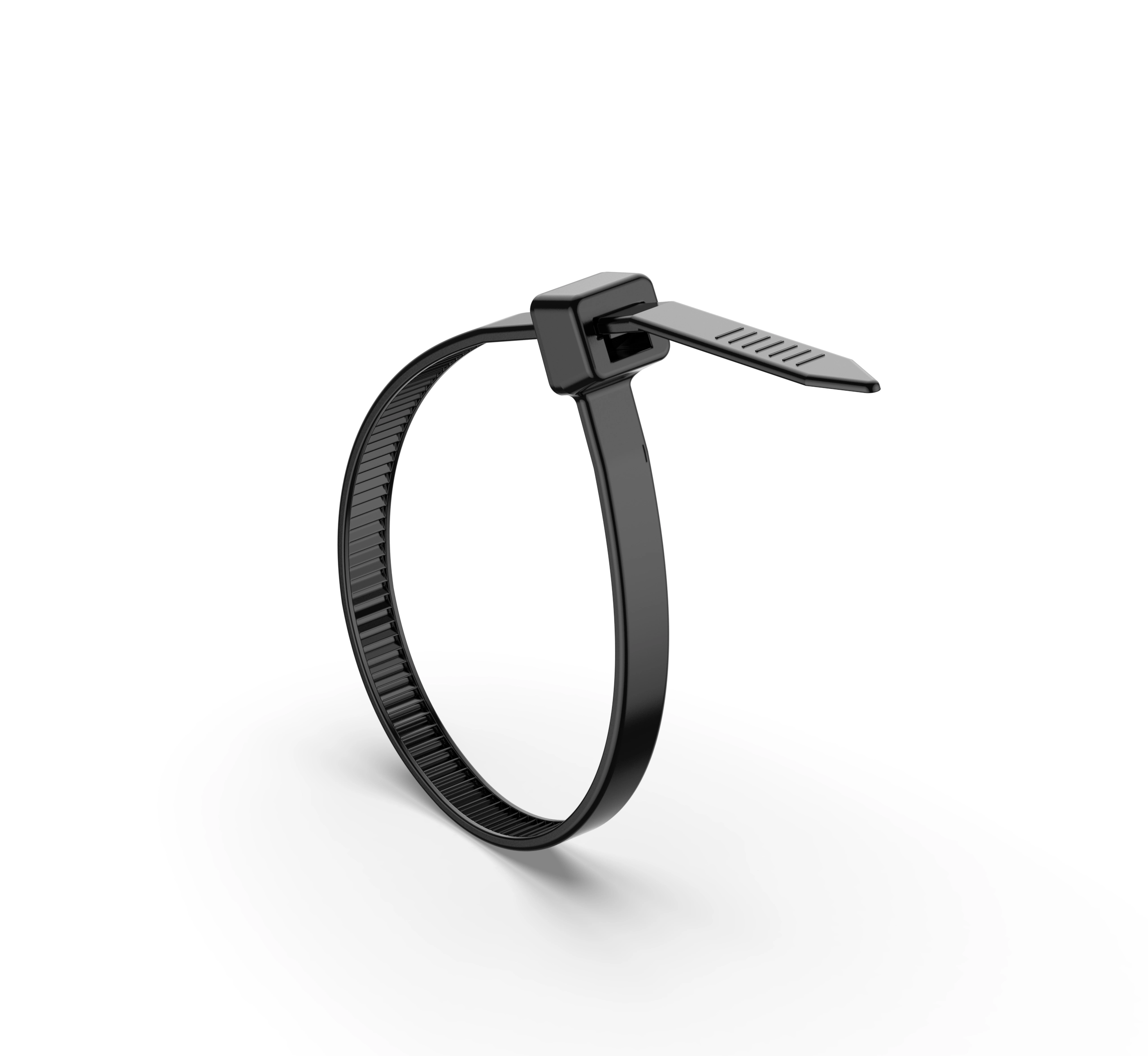Tel
0577-62795555
Tel
0577-62795555
The maritime industry encompasses a wide range of activities, from shipping and fishing to offshore energy production. In such diverse and demanding environments, the importance of secure fastening cannot be overstated. Marine cable tie downs have emerged as indispensable tools that play a pivotal role in anchoring excellence in maritime operations. In this blog, we'll delve into the significance, applications, and advantages of marine cable tie downs in ensuring the safety and efficiency of maritime activities.
Marine cable tie downs are specialized fastening solutions designed to secure equipment, cables, and cargo on ships, boats, and offshore structures. These tie downs consist of a sturdy strap made from materials resistant to the challenges of the marine environment. A locking mechanism ensures a tight and secure fastening, even in the face of relentless waves and shifting conditions. Marine cable tie downs are crafted from materials specifically chosen for their ability to withstand the corrosive effects of saltwater, UV radiation, and varying temperatures. Marine-grade materials like stainless steel and UV-resistant polymers ensure durability and reliability, enabling tie downs to maintain their integrity and functionality over time.
On cargo ships, securing items like containers, machinery, and equipment is essential to prevent damage and shifting during transit. Marine cable tie downs are used to anchor cargo securely in place, reducing the risk of accidents, losses, and damage caused by the movement of the vessel. In the realm of offshore energy, such as oil rigs and wind farms, marine cable tie downs are instrumental in maintaining the integrity of cables, hoses, and equipment. The tie downs' ability to resist corrosion and weathering ensures that critical connections remain secure, contributing to the smooth operation of energy installations even in harsh marine conditions.
Safety is a paramount concern in maritime operations. Marine cable tie downs provide stability by preventing equipment and cargo from shifting due to the motion of the sea. This stability reduces the risk of accidents, injuries, and potential damage, safeguarding both personnel and assets. The marine environment is known for its challenging conditions, including saltwater exposure, moisture, and temperature fluctuations. Marine cable tie downs, engineered to withstand these challenges, retain their functionality and structural integrity even after extended exposure. This longevity contributes to the economic and operational efficiency of maritime activities.
To ensure the ongoing reliability of marine cable tie downs, conduct regular inspections. Check for signs of wear, corrosion, or damage, and replace any tie downs that show compromising features. Consistent monitoring and maintenance contribute to a safe and efficient maritime operation. Choosing the appropriate marine cable tie downs for the task at hand is crucial. Consider the load capacity, environment, and type of equipment or cargo being secured. Investing in tie downs designed and rated for marine applications ensures optimal performance and safety.
In the dynamic world of maritime operations, the stability and safety of equipment, cargo, and personnel are paramount. Marine cable tie downs stand as stalwart guardians, ensuring that items remain anchored and secure amidst the unpredictable conditions of the sea. With their specialized design, corrosion-resistant materials, and capacity to uphold excellence in maritime endeavors, marine cable tie downs play a pivotal role in upholding the integrity, safety, and success of various maritime activities.



